Last Updated on July 7, 2024 by Max
Introduction
Maintaining optimal health is more important than ever in today’s fast-paced world. Are you aware of the ancient wisdom of Indian traditional medicine and its unique approach to prostate health? This blog post will provide valuable insights into the holistic management of prostate issues through Ayurveda and Yoga, transforming your perspective on health and wellness. So, sit back, relax, and join us on this journey.
- Introduction
- Ayurvedic Treatment Options: Embracing Nature’s Wisdom for Prostate Health
- Yoga and Prostate Health: Harnessing the Power of Ancient Practices
- Pranayama (Breathing exercises) and Meditation for Stress Management and Relaxation
- Integrating Indian Traditional Medicine with Conventional Treatment
- Conclusion
- References
Ayurvedic Treatment Options: Embracing Nature’s Wisdom for Prostate Health
Indian herbal remedies
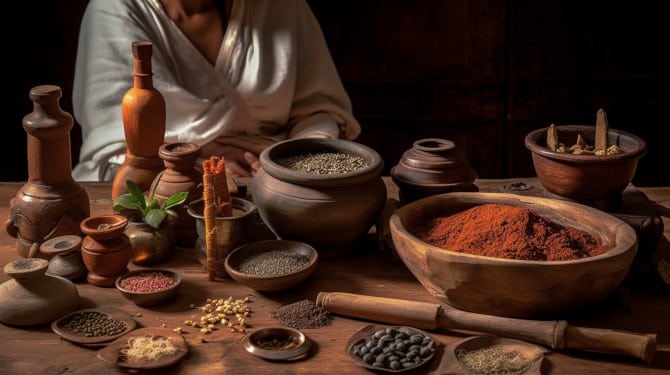
Indian traditional medicine has a rich history of using herbs to support prostate health. Some of the most effective Ayurvedic herbs for addressing prostate issues include:
Shilajit: With rejuvenating and anti-inflammatory properties, Shilajit has been traditionally used to support healthy urinary function and may help prevent prostate enlargement. (Pandit et al., 2016). In this study, researchers investigated the effects of Shilajit on testosterone levels in healthy volunteers. Seventy-five healthy male participants, aged between 45 and 55 years, were divided into two groups. One group received 250 mg of purified Shilajit twice daily for 90 days, while the other group received a placebo. The participants who received Shilajit experienced a 23.5% increase in total testosterone levels and a 19.14% increase in free testosterone levels compared to their baseline. The placebo group showed no significant changes. Overall, Shilajit was well tolerated, with no significant side effects reported, suggesting that it may be a safe option for supporting hormonal balance and prostate health. Note that there are many counterfeit types of Shilajit on the market, so ensure you source your supply responsibly. For more than 5 years, I’ve been buying high-quality genuine Shilajit here.
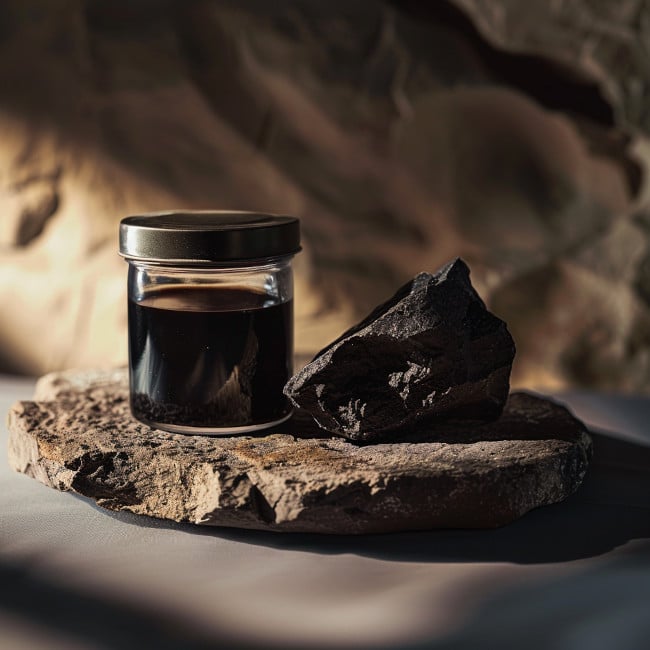
Gokshura: Gokshura (Tribulus Terrestris) is known for its diuretic and urinary support. It can help alleviate symptoms associated with BPH and prostatitis (Mazaro-Costa et al., 2011). Generally, Gokshura is considered safe when used in appropriate doses, but some side effects, such as stomach pain, cramping, or diarrhea, have been reported in rare cases.
Varuna: Varuna has been found effective in reducing prostate enlargement, improving urinary flow, and decreasing inflammation (Pareek et al., 2013). This review examined the potential therapeutic effects of Varuna (Crataeva nurvala) on various health issues, including prostate health. The review also discussed a few preclinical studies demonstrating Varuna’s anti-inflammatory and anti-proliferative properties, suggesting its potential to improve prostate health and prevent prostate enlargement. Varuna is generally considered safe when used in appropriate amounts, but some mild gastrointestinal side effects, such as nausea and stomach pain, have been reported.
Dietary recommendations
A healthy diet is essential for maintaining prostate health. Ayurvedic practitioners often suggest specific dietary guidelines for individuals experiencing prostate issues:
Foods to include: Pumpkin seeds, turmeric, flaxseeds, and tomatoes are rich in nutrients and antioxidants that support prostate health.
Foods to avoid: Excessive caffeine, red meat, and processed foods can aggravate Dosha imbalances and contribute to prostate problems.
Lifestyle changes and stress management
Addressing lifestyle factors and managing stress are crucial aspects of Ayurvedic treatment for prostate issues. Some recommendations include the following:
- Exercise: Regular physical activity helps regulate hormone levels, maintain a healthy weight, and reduce stress – all beneficial for prostate health.
- Stress reduction: Meditation, yoga, and deep breathing can help manage stress and promote emotional balance, reducing the risk of prostate issues.
- Sleep hygiene: Ensuring proper sleep hygiene is essential for overall health, as it helps regulate hormone levels and maintain prostate function.
By incorporating these Ayurvedic treatment options, individuals experiencing prostate issues can work towards restoring balance and improving their overall well-being. In the following section, we will explore the role of yoga in supporting prostate health.
Yoga and Prostate Health: Harnessing the Power of Ancient Practices
The Benefits of Yoga for Prostate Health
Yoga is an ancient practice rooted in Indian tradition. Some of the key benefits of yoga for prostate health include improved blood circulation, reduced inflammation, and stress reduction. Research has also suggested that yoga can benefit individuals experiencing prostate issues.
Yoga Techniques for Prostate Health
Several yoga poses and techniques are particularly beneficial for maintaining prostate health. Some of these include:
1. Reclined Butterfly Pose (Supta Baddha Konasana): The Reclined Butterfly Pose stretches the inner thighs, hips, and groin muscles, promoting blood flow and relaxation in the pelvic area. Improved blood circulation to the prostate gland may help maintain its health and function.
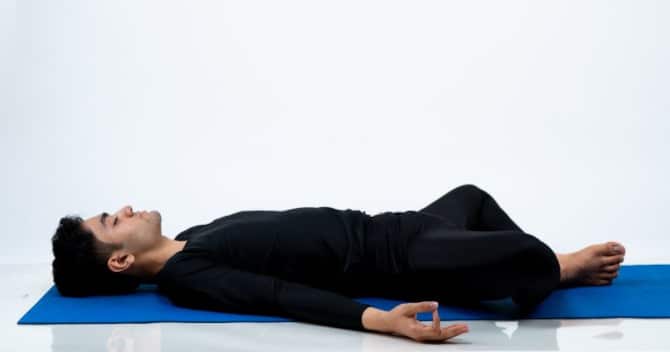
2. Seated Forward Bend (Paschimottanasana): The Seated Forward Bend stretches the lower back, hamstrings, and hips, promoting blood flow to the pelvic region. Increased blood circulation may support prostate health by providing essential nutrients and oxygen to the gland.

3. Bow Pose (Dhanurasana): The Bow Pose strengthens the lower back, stimulates the reproductive organs, and improves blood flow to the prostate. This pose can also help alleviate stress, possibly contributing to prostate issues.
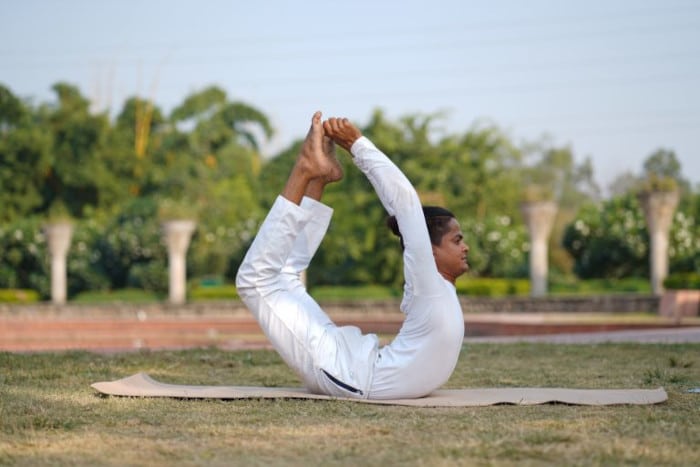
Research on Yoga and Prostate Health
Several studies have investigated the effects of yoga on prostate health, particularly in the context of prostate cancer, and one is a study by Cohen L et al. (2004). This randomized controlled trial assessed the effects of a 7-week Tibetan yoga program on sleep quality and psychological adjustment in lymphoma patients. The results revealed that the yoga group experienced significant improvements in sleep quality compared to the control group. The yoga group showed a 23.9% improvement in the global sleep quality score, while the control group experienced a 1.6% decline. Additionally, the yoga group reported lower levels of intrusive thoughts and avoidance behaviors related to cancer, suggesting improved psychological adjustment.
In the other study, heart failure patients participated in an 8-week yoga program (Pullen, P. R. et al., 2018). The results showed that the yoga group experienced a significant reduction in C-reactive protein levels compared to the control group. The yoga group’s CRP levels decreased by 23.8%, while the control group’s increased by 2.6%. Although the reductions in IL-6 and TNF-α levels were not statistically significant, the overall trend suggested that yoga might help reduce inflammation in heart failure patients.
These studies indicate that yoga can be a valuable complementary therapy for individuals experiencing prostate issues, particularly when combined with a holistic approach that addresses diet, lifestyle, and stress management.
Pranayama (Breathing exercises) and Meditation for Stress Management and Relaxation
Understanding Pranayama and Meditation
Pranayama, an essential component of traditional yoga practice, involves various breathing exercises designed to control and regulate the flow of prana (life force energy) throughout the body. These exercises can help to balance the body’s energy, improve mental clarity, and promote relaxation. Meditation, on the other hand, is a practice that focuses on calming the mind and fostering inner peace. Pranayama and meditation can significantly affect stress management and relaxation, which may indirectly benefit prostate health.
Pranayama Techniques for Stress Ease
- Nadi Shodhana (Alternate Nostril Breathing): This breathing technique helps to balance the left and right hemispheres of the brain and promotes mental calmness. To practice Nadi Shodhana, sit comfortably with your spine straight. Close your right nostril with your right thumb and inhale through your left nostril. Then, close your left nostril with your right ring finger, and exhale through your right nostril. Inhale through your right nostril, close it, and exhale through your left nostril. Repeat this cycle for several minutes.
- Bhramari (Humming Bee Breath): Bhramari is a calming breathing technique that helps to reduce anxiety and stress. To practice Bhramari, sit comfortably with your spine straight. Close your eyes and take a deep breath in. As you exhale, make a humming sound, like a bee. The vibration created by the humming sound can help to relax your mind and release tension.
Meditation techniques for relaxation

- Mindfulness Meditation: This form of meditation involves focusing on the present moment and observing your thoughts, feelings, and bodily sensations without judgment. To practice mindfulness meditation, find a quiet space where you can sit comfortably with your spine straight. Close your eyes and take a few deep breaths. Then, bring your attention to your breath or any other focal point (e.g., a mantra or an object). Whenever your mind wanders, gently bring your focus back to your breath or focal point.
- Loving-Kindness Meditation (Metta): This meditation technique involves cultivating feelings of love and compassion towards yourself and others. To practice loving-kindness meditation, sit comfortably with your spine straight and close your eyes. Silently repeat phrases such as “May I be happy, may I be healthy, may I be safe, may I be at ease” while focusing on yourself. After a few minutes, expand your focus to include others, starting with loved ones and gradually extending to neutral individuals and even those you may find challenging.
Incorporating pranayama and meditation techniques into your daily routine can promote relaxation, reduce stress, and support overall well-being, which may have indirect benefits for prostate health. As always, please consult with a qualified instructor or healthcare professional before beginning any new practice to ensure it is safe and appropriate for your needs.
Integrating Indian Traditional Medicine with Conventional Treatment
Integrating Ayurvedic remedies and yoga into conventional treatment plans can offer additional support to patients dealing with prostate issues. For example, Ayurvedic herbs and dietary recommendations may help manage inflammation, improve urinary flow, and support overall prostate health. Yoga and pranayama techniques can reduce stress and improve overall well-being, indirectly benefiting prostate health.
However, consulting with qualified healthcare practitioners before incorporating traditional medicine practices into a conventional treatment plan is crucial. This ensures these practices are safe, appropriate, and complementary to the treatment plan. It is essential to consult with qualified practitioners with expertise in Indian traditional medicine and conventional medicine to receive personalized guidance. These practitioners can assess your needs and recommend a tailored treatment plan incorporating the most suitable Ayurvedic remedies, yoga practices, and pranayama techniques.
Conclusion
In conclusion, traditional Indian medicine, including Ayurveda and yoga, offers a holistic approach to managing prostate issues. By incorporating herbal remedies, dietary recommendations, lifestyle changes, and stress reduction techniques, individuals can work towards improving their prostate health and overall well-being. Integrating these practices with conventional treatments, under the guidance of qualified healthcare practitioners, can provide a comprehensive and personalized approach to prostate care. As we continue to explore the ancient wisdom of traditional medicine, we must remain open to new perspectives and embrace the potential benefits these practices can bring to our health and wellness journey.
References
- Pandit, S., Biswas, S., Jana, U., De, R. K., Mukhopadhyay, S. C., & Biswas, T. K. (2016). Clinical evaluation of purified Shilajit on testosterone levels in healthy volunteers. Andrologia, 48(5), 570-575.
- Mazaro-Costa, R., Andersen, M. L., Hachul, H., & Tufik, S. (2011). Medicinal plants as alternative treatments for female sexual dysfunction: Utopian vision or possible treatment in climacteric women? Journal of Sexual Medicine, 8(11), 2892-2901.
- Pareek, A., Suthar, M., Rathore, G. S., & Bansal, V. (2011). Feverfew (Tanacetum parthenium L.): A systematic review. Pharmacognosy Reviews, 5(9), 103-110.
- Cohen, L., Warneke, C., Fouladi, R. T., Rodriguez, M. A., & Chaoul-Reich, A. (2004). Psychological adjustment and sleep quality in a randomized trial of the effects of a Tibetan yoga intervention in patients with lymphoma. Cancer, 100(10), 2253-2260.
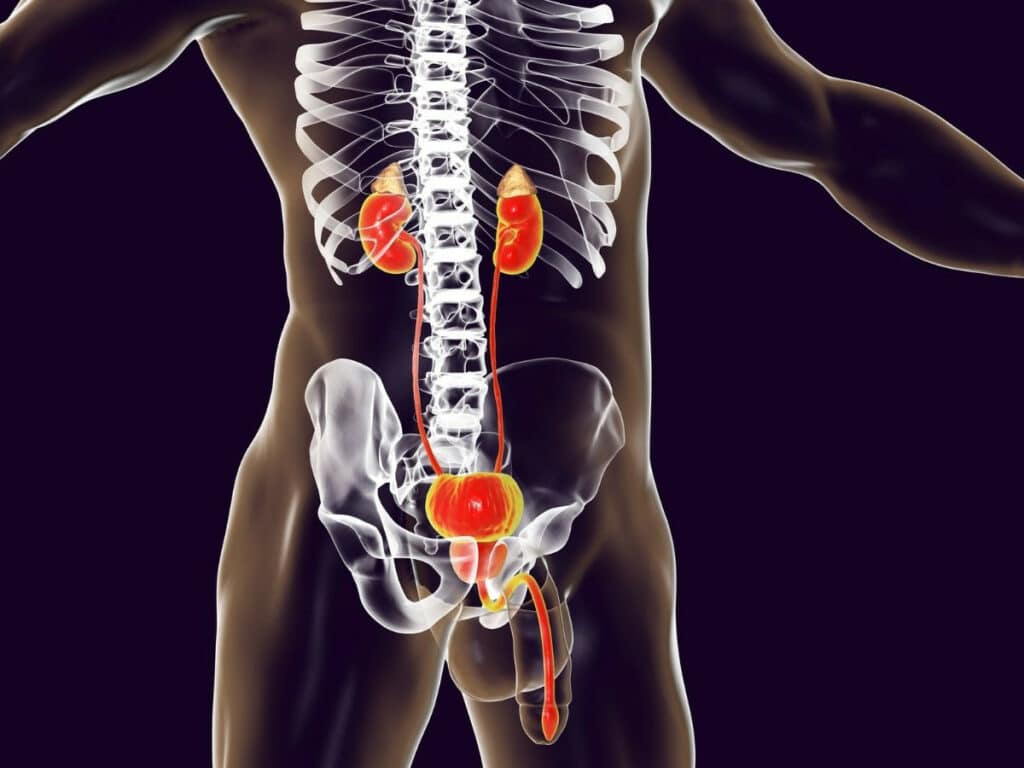
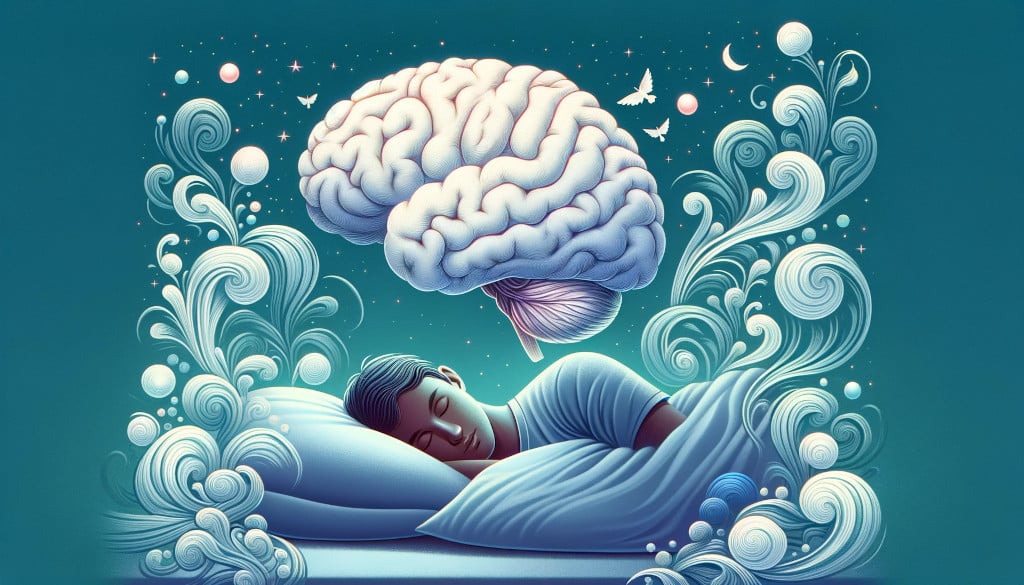
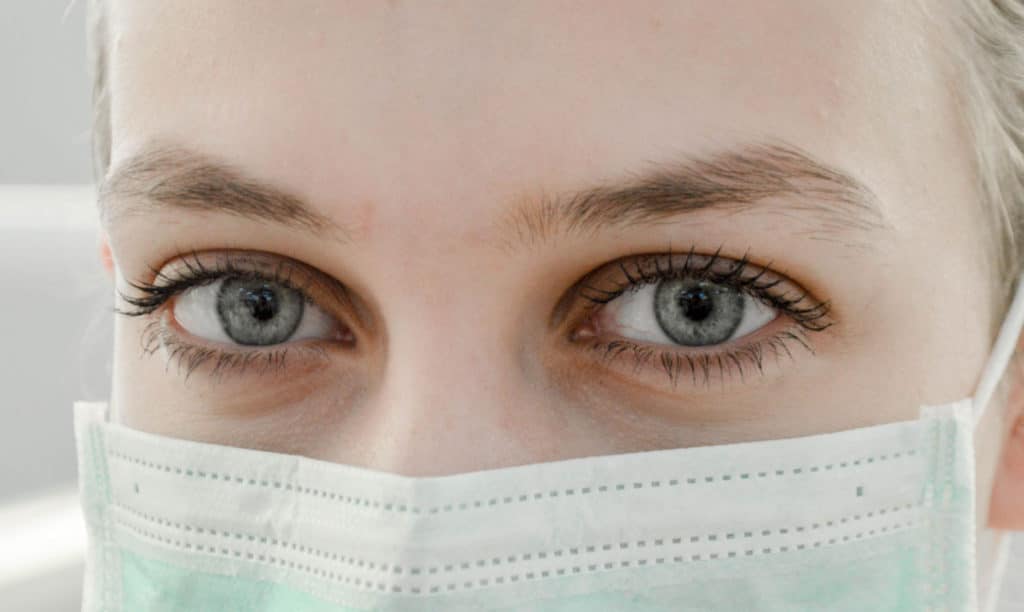



Thank you, very interesting and helpful.
Hi Anthony,
Thank you for your feedback on the “Holistic Healing for Prostate Issues: The Indian Traditional Medicine Approach” post. I’m glad to hear you found it interesting and helpful. If you have any specific questions or need further information about any aspect of traditional Indian remedies and their role in managing prostate issues, feel free to ask. I’m here to help!
Best regards,
Makhsud
I’m 72 and I have been following this program of healthy lifestyle (exercise, diet, sleep) along with the recommended herbal remedies. I believe this is best approach to prostate health. My symptoms have greatly improved, I sleep through the night and when I urinate the stream is good, and I feel like my bladder is emptying. This is a HUGE improvement from before I began this Ayurvedic approach years ago. I must be honest; this approach takes dedication but consider the alternative!
Michael! It’s truly heartwarming to hear about the positive impact that a holistic approach, blending healthy lifestyle habits with Ayurvedic herbal remedies, has had on your prostate health.
Thank you for sharing your experience, Michael. Your story not only enlightens but also encourages others to consider holistic approaches to health. If you’re open to it, I believe many would benefit from hearing more about the specific lifestyle changes and herbal remedies that have worked for you. Your insights could be a valuable resource for others on a similar journey. Here’s to your continued health and well-being!
Warmly,
Makhsud
As much as one knows that India is full of natural remedies, but to tell you the truth this is the first time that I read a specific article about a specific Indian remedy.
This article was very interesting to me from different aspects. One aspect that I loved is your multicultural approach to the health issue. You brought Indian consumable items together with the Japanese art of Yoga.
This fusion of cultures and methods truly provides a holistic approach to the health issue you have presented.
although I don’t practice Yoga, but I find myself needing to do a couple of the poses you presented naturally and without knowing that those are Yoga poses. I hope this does not mean that I have a prostate problem and that my body is behaving on its own to call for healing actions.
Hi there,
Thank you for your thoughtful comment! Integrating traditional Indian remedies with practices like Yoga, which actually originated in ancient India and has been embraced globally, can indeed offer a holistic approach to wellness.
It’s interesting to hear that you’ve been intuitively practicing some Yoga poses! This doesn’t necessarily indicate a health problem like prostate issues. Often, our bodies naturally gravitate towards movements that release tension and enhance well-being. I encourage you to explore Yoga further, as it can be beneficial for overall health, not just for specific ailments. Keep enjoying the fusion of cultural healing practices and thanks again for sharing your experience!
Best,
Makhsud.
You certainly have covered a lot of ground here with a detailed report on how natural healing can help prostate issues. I was surprised to read how much practicing Yoga can help, especially with the studies done and the lower levels of C-reactive protein levels found in the yoga group.
I can imagine that meditation would help too, and if I had prostate issues, I would try all those indian traditional medicine examples that you mention in the article.
Hi Michel,
Thank you for your feedback! I’m glad you found the information on Yoga and its benefits for prostate health useful. It’s true, studies have shown that Yoga can help reduce inflammation, as indicated by lower C-reactive protein levels, which is promising for anyone looking into natural ways to manage health issues.
Incorporating meditation is another excellent suggestion. Like Yoga, meditation can help reduce stress and improve overall well-being, which is crucial for managing any health condition, including prostate issues.
Exploring the traditional Indian remedies mentioned could provide a comprehensive approach, combining physical activity, stress management, and natural herbs or dietary adjustments. It’s all about finding what works best for you and your body.
Best of luck, and take care!
Best,
Makhsud.
The article explores an alternative approach to managing prostate health by delving into traditional Indian medicine. It discusses holistic methods and natural remedies for addressing prostate issues.
How does the effectiveness and potential side effects of the Indian traditional medicine approach compare to conventional treatments for prostate problems? This comparison could aid individuals in making informed decisions about their healthcare.
Thank you for your question, Kiersti! 🌿 Comparing traditional Indian medicine to conventional treatments, each approach has its unique benefits and potential side effects. Indian traditional medicine often focuses on holistic balance and natural remedies, which can be gentler on the body. However, the effectiveness can vary widely and is less documented in scientific literature compared to conventional medicine.
Conventional treatments, on the other hand, are typically supported by extensive research and are standardized, but they may come with more pronounced side effects. It’s crucial for individuals to consult healthcare professionals and consider both the effectiveness and their personal health needs when choosing a treatment path.
I hope this helps in making an informed decision about healthcare options! Max.
Great read. I particularly resinate with the meditation side of your article.
Mindfulness meditation helps cultivate awareness of the present moment, allowing you to observe thoughts and sensations without judgment, which can reduce stress and promote relaxation. Incorporating these practices into your daily routine can help reduce stress, promote relaxation, and support overall well-being.
Cant wait to see what you bring out next!
Thank you so much for your kind words, Clair! 🌟 It’s wonderful to hear that the section on mindfulness meditation resonated with you. Reducing stress and promoting relaxation are indeed vital components of overall well-being, and incorporating meditation into daily life can have profound benefits. Stay tuned for more content that explores these enriching practices. Your enthusiasm is truly motivating!
Max.
Hi,
This is an interesting article on prostate health and the traditional Indian approach. I am 67 and I had prostate enlargement for a few years. I ended up having a minimally invasive surgery that helped tremendously; but I wonder how your recommendations here might have helped instead of having the surgery. I’m generally happy with the surgery, but there are some side effects that I wish I didn’t have. Perhaps the Indian remedies would have been better. I will be sure to let my friends know there are some natural options.
Hello Scott,
Thank you for sharing your experience, and I’m glad to hear that your surgery brought you relief, although I’m sorry about the side effects you’ve encountered. Exploring traditional Indian remedies may offer some additional natural methods to manage prostate health, potentially with fewer side effects. These approaches often emphasize diet, herbal supplements, and lifestyle changes that could be complementary to your ongoing health regimen.
It’s great to hear that you’ll be informing your friends about these natural options. Spreading awareness can help others to explore a variety of approaches before making health decisions. If you ever decide to try some of the methods discussed, please consult with your healthcare provider to ensure they are suitable for your specific circumstances.
Best,
Makhsud.